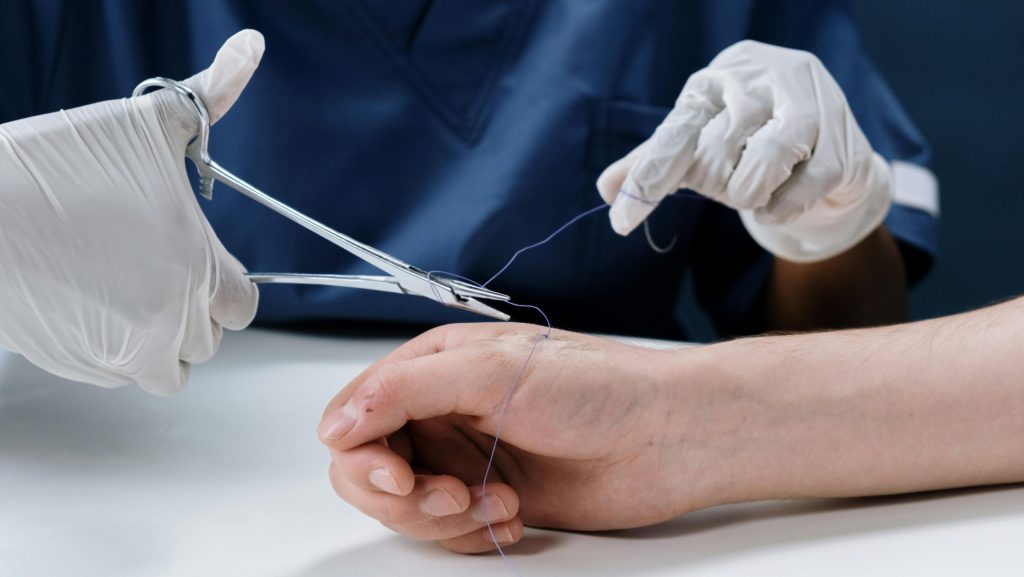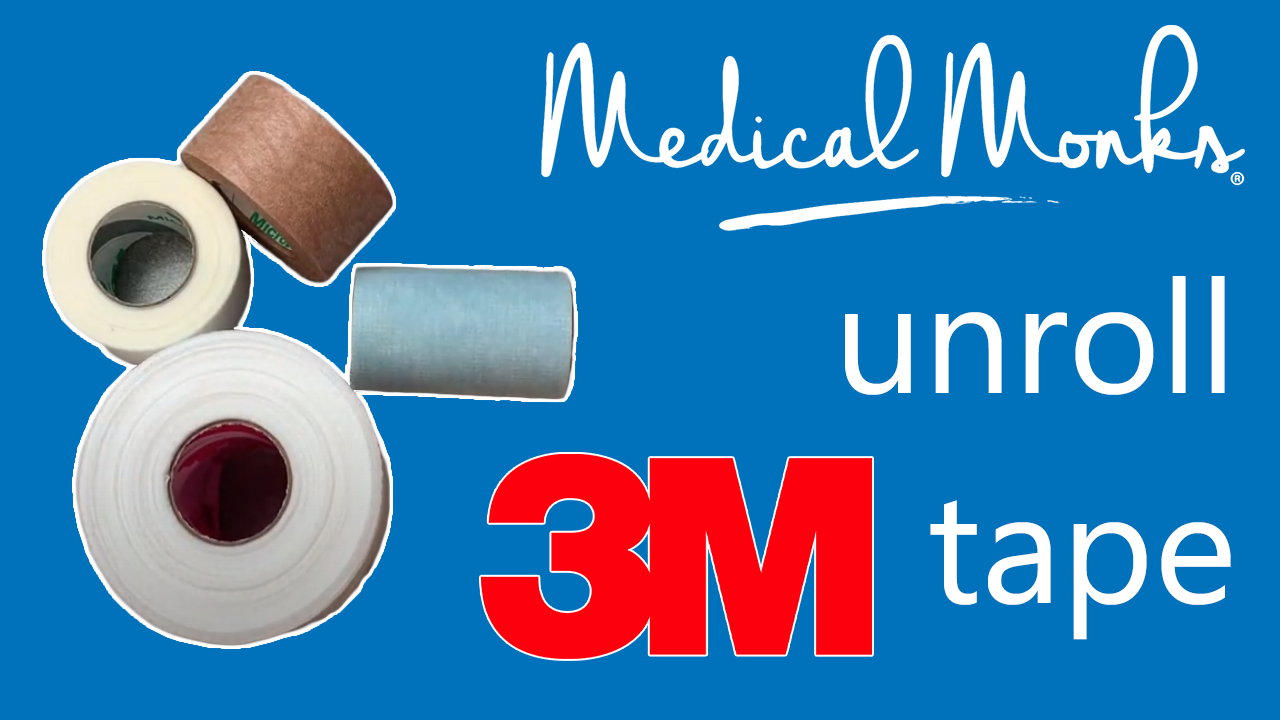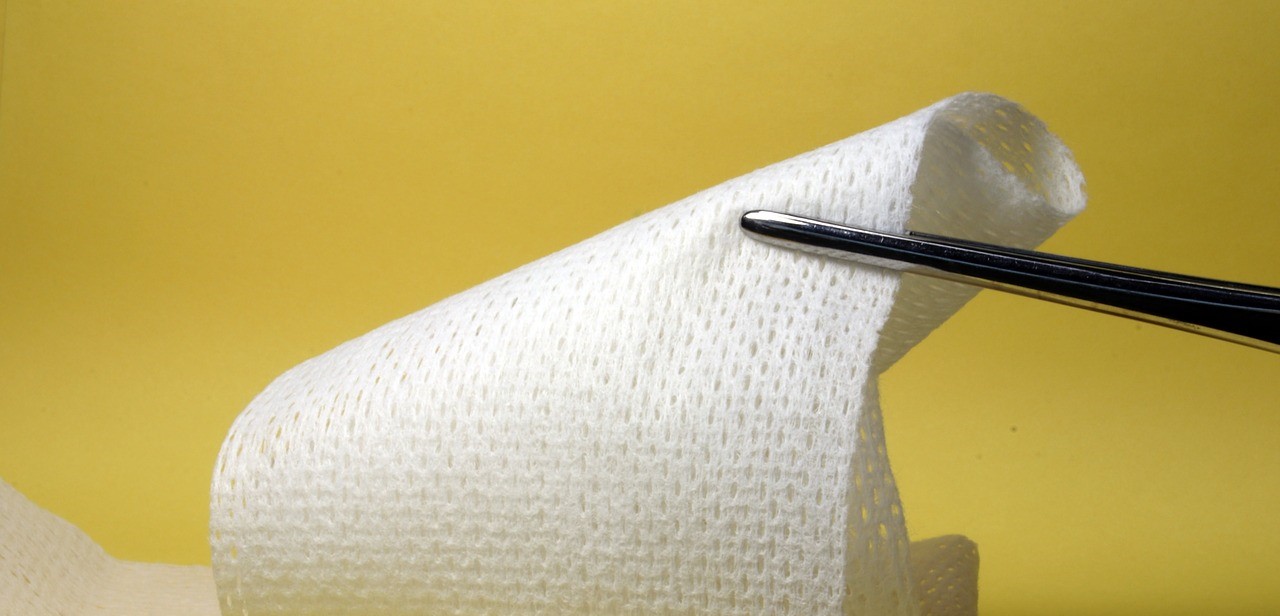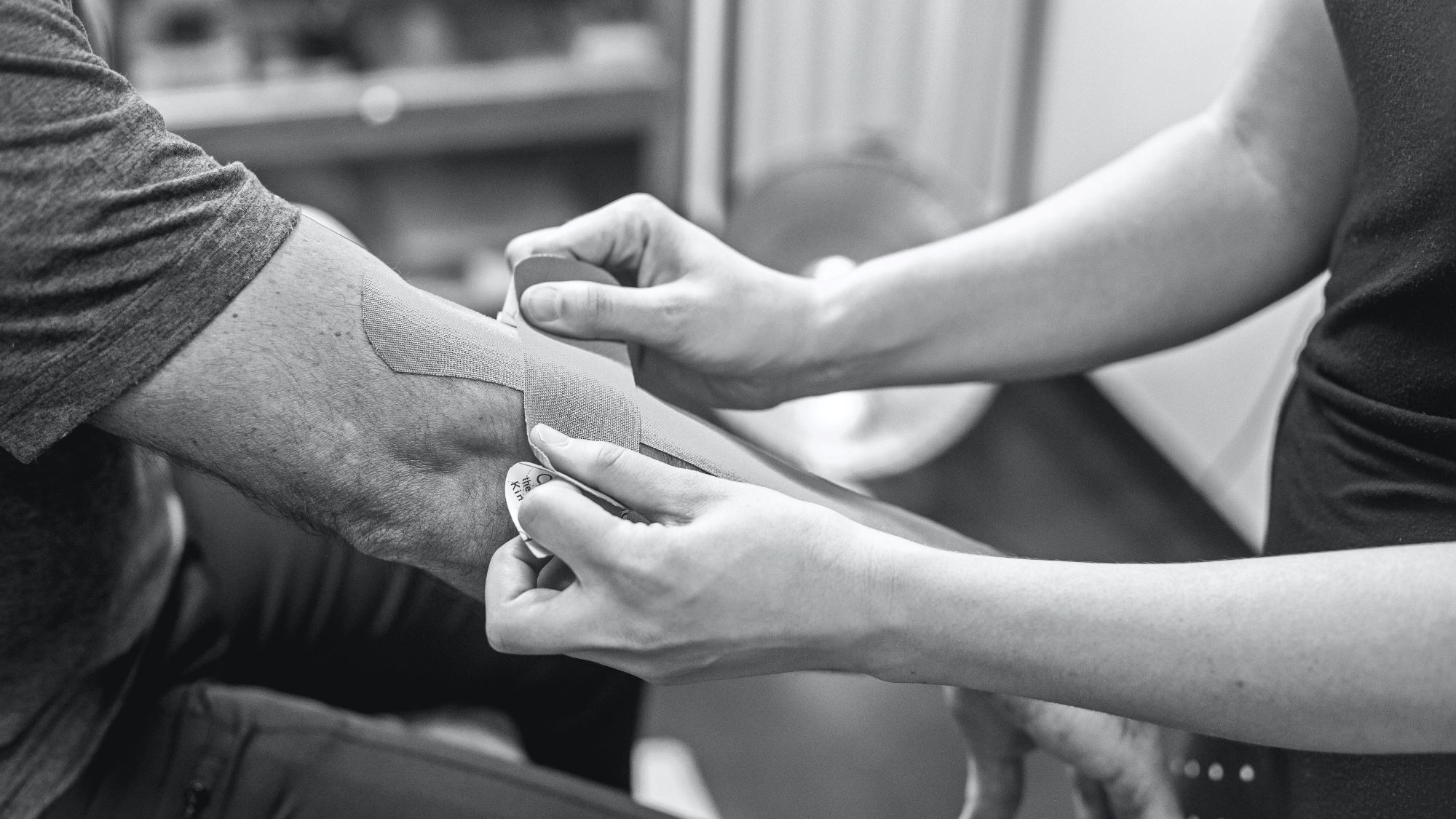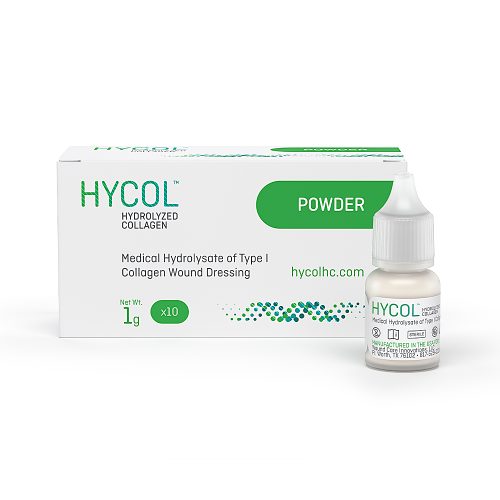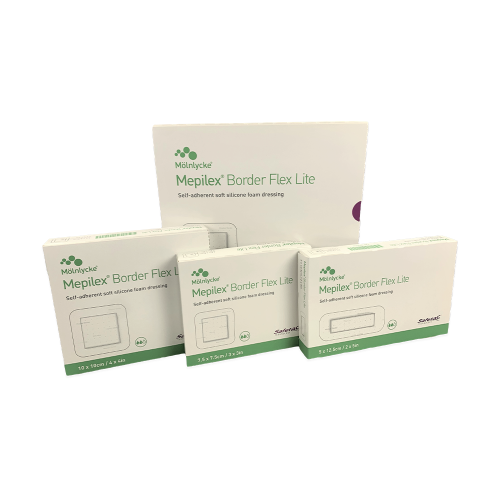Whether you’re recovering from surgery or caring for a loved one, understanding how to properly treat and manage a dehisced wound is crucial for healing and preventing complications. In this guide, we’ll walk you through the essential steps of wound care, when to seek medical attention, and strategies for long-term management at home.
Understanding Dehisced Wounds
Before diving into treatment, it’s important to understand what a dehisced wound is. A dehisced wound comes about when a surgical incision or wound (that was previously closed) reopens. It can reopen either partially or completely to be considered a dehisced wound. This typically happens within the first two weeks after surgery when the wound is still fragile and susceptible to stress and pressure.
Signs of a dehisced wound may include:
- Separation of the wound edges
- Increased pain, redness, or swelling around the incision site
- Clear or pinkish fluid draining from the wound
- Visible tissue (in severe cases)
Immediate Care for Dehisced Wounds
If you suspect your wound has dehisced, don’t panic. Here are the immediate steps you should take:
- Keep the wound clean: Gently clean the area with mild soap and water. Pat dry with a clean towel.
- Apply antibiotic ointment: This can help prevent infection in minor openings.
- Cover with a clean bandage: Use a sterile dressing to protect the wound from further contamination.
- Seek medical attention: While minor dehiscence can sometimes be managed at home, it’s always best to consult with a healthcare professional, especially if the opening is significant or you notice signs of infection.
When to Seek Immediate Medical Care
While some minor dehisced wounds can be managed at home, certain symptoms warrant immediate medical attention:
- Severe pain that doesn’t subside with medication
- Excessive bleeding
- Visible tissue (sign of a severe case)
- Signs of infection (pus, foul odor, fever)
- Persistent or worsening symptoms despite home care
Remember, it’s always better to err on the side of caution when it comes to wound care. If you’re unsure about the severity of your wound, don’t hesitate to contact your healthcare provider.
Professional Treatment Options
Depending on the severity of the dehiscence, your healthcare provider may recommend various treatment options:
Surgical Intervention
For severe cases, especially those with significant gaping or infection, surgical intervention may be necessary. This could involve:
- Re-closing the wound with stitches or staples
- Debridement (removal of dead or infected tissue)
- Possible hospitalization for more complex cases or patients with underlying health conditions
Non-Surgical Approaches
For less severe cases, non-surgical methods can be effective:
- Regular wound cleaning and dressing changes
- Prescription antibiotics to combat infection
6 Home Care Steps to Treat a Dehisced Wound
Proper home care is essential for promoting healing and preventing complications. Here are some key strategies:
- Keep the wound clean and dry: Clean the wound daily with mild soap and water, then apply an antiseptic as directed by your healthcare provider.
- Regularly change dressings: Replace bandages daily or according to the instructions. Also, the dressings need to be changed when they become wet or dirty.
- Watch for infection signs: This includes increased redness, warmthm or pus in the area. Keep an eye out for fevers too. Report any concerning changes to your healthcare provider immediately.
- Avoid stress on the wound: Limit movement in the affected area as much as possible to allow for proper healing.
- Practice good hygiene: Always wash your hands thoroughly before and after touching the wound or changing dressings.
- Keep the wound ventilated: Allow the wound to “breathe” when possible, but avoid exposing it to water during bathing or swimming.
Long-Term Management and Recovery
Healing from a dehisced wound is a journey that requires patience and dedication. Here are some tips for long-term management:
- Eat a balanced diet rich in protein, vitamins, and minerals to support tissue repair.
- Stay hydrated to promote healthy skin and tissues.
- Engage in gentle exercises as recommended by your healthcare provider to improve circulation.
Physical Therapy (if Recommended)
Physical therapy can play a crucial role in recovery, especially for larger wounds or those affecting mobility. Your therapist may recommend:
- Strengthening exercises for muscles around the wound
- Range of motion activities to maintain flexibility
- Gentle aerobic exercises to improve overall health
Emotional Well-being
Dealing with a dehisced wound can be emotionally challenging. Don’t hesitate to seek support if you’re feeling anxious or depressed. Many patients find relief through:
- Counseling or therapy sessions
- Support groups
- Open communication with family and friends
The Road to Recovery
Remember, healing from a dehisced wound takes time. The healing time can vary significantly depending on factors like the size of the wound, your overall health, and how well you follow care instructions.
Some wounds may heal in a few weeks, while others might take months, especially for patients with conditions like diabetes that can affect healing. Throughout your recovery, maintain open communication with your healthcare team. Regular check-ups and wound assessments are crucial for ensuring proper healing and promptly addressing concerns.
Medical Monks Is Here to Help!
Medical Monks is here to support you on your healing journey. We stock a wide range of wound care supplies, including dressings, tapes, plus skin and wound cleansers for managing dehisced wounds. Our knowledgeable professionals are always available to help you choose the right products for your needs.
Don’t hesitate to contact us if you need assistance selecting the appropriate supplies or have any questions about wound care. At Medical Monks, we’re committed to providing the products and support you need to optimize your healing process and return to normal activities as soon as possible.

The MEDICAL MONKS STAFF brings to the table decades of combined knowledge and experience in the medical products industry.
Edited for content by JORDAN GAYSO.
